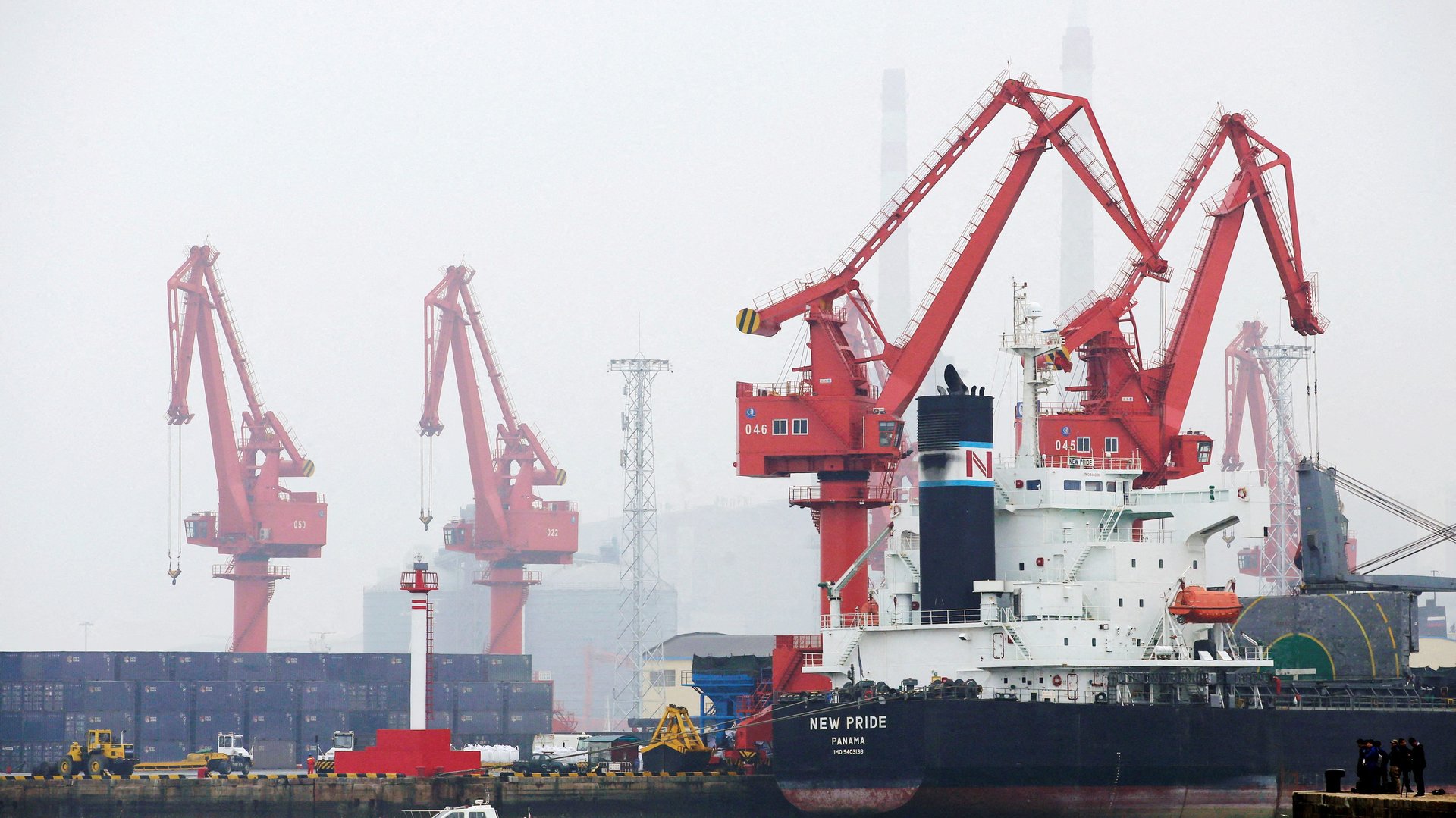Russian oil is the “soft underbelly” of China’s energy security
For years, China has sought to diversify its oil imports away from the Middle East as insurance against supply disruptions, geopolitical risks, and coercion by exporter countries. In 2020, Russia was China’s second largest source of oil imports, after Saudi Arabia.


For years, China has sought to diversify its oil imports away from the Middle East as insurance against supply disruptions, geopolitical risks, and coercion by exporter countries. In 2020, Russia was China’s second largest source of oil imports, after Saudi Arabia.
Russia, along with Central Asia seemed like a good hedge. But Russia’s invasion of Ukraine, and the ensuing widespread global sanctions against Moscow, has shaken that confidence. Last week, the International Energy Agency warned of potential significant disruptions to Russian oil production as trading houses and shipping companies shun its exports.
“The Chinese government has spent a lot of human and material resources to build strategic onshore energy corridors with Russia and Central Asia,” Wang Binhai, senior economist at Sinochem Energy, wrote in a recent essay (link in Chinese).. “…However, judging from recent events in Russia, Kazakhstan, and other countries, using them as an energy backbone is actually not foolproof at all times.”
China’s acute energy insecurity
The phrase “energy security” first appeared in China’s 2004 national defense white paper, according to Gabriel Collins, an energy expert at Rice University, in his recent US government testimony (pdf) on China’s energy strategy. That year happened to coincide with a sharp uptick in China’s oil imports, which grew over 30% year-on-year, consecutively, in 2003 and 2004.
Foreign oil accounted for 72% of its oil consumption last year. At the height of the US’s oil import dependence in the mid-2000s, the net import share of petroleum was over 60% of consumption, according to US government data.
As China’s oil imports grew to satisfy its surging energy demands, its oil self-sufficiency levels shrank. The opposite has happened in the US, which by one rough measure is close to being fully self-sufficient in oil thanks to the shale oil revolution. (That said, the US still needs to import oil, because much of the shale oil it produces is unsuitable for its refineries.)
Oil security, notes Wang, “is the soft underbelly of China’s energy security.”
Beijing’s bet on the energy transition
So what is China to do? It could further diversify its oil import sources. But since the bulk of its oil imports are seaborne, there’s the risk of China being cut off from its oil supplies in the event of a wartime naval blockade.
China is also unlikely to enjoy the kind of shale revolution that has boosted US energy production in recent years. As Collins of Rice University notes, “unlike the [US], China is not going to drill its way to lower crude oil and natural gas import dependence.”
In the long run, China will have to bet on a different kind of energy revolution: the transition to renewables.
And China already has a head start in this ambitious pursuit to “rewire the energy system,” notes (pdf) Nikos Tsafos of the Center for Strategic and International Studies. On the commodities front, China totally dominates the markets for the critical minerals, including rare earths, that are crucial to the energy transition. And on the industrial front, dominates the global solar supply chain, and is a major player in lithium-ion batteries and wind power.
Beijing knows the stakes are high—not just for its energy security but its overall its geo-strategic ambitions. Its 14th Five-Year Plan on building a new energy system, published this week (link in Chinese), emphasizes the need to “accelerate the construction of a new energy system to ensure national energy security” and to shore-up its “first-mover advantages” in the global energy transition.